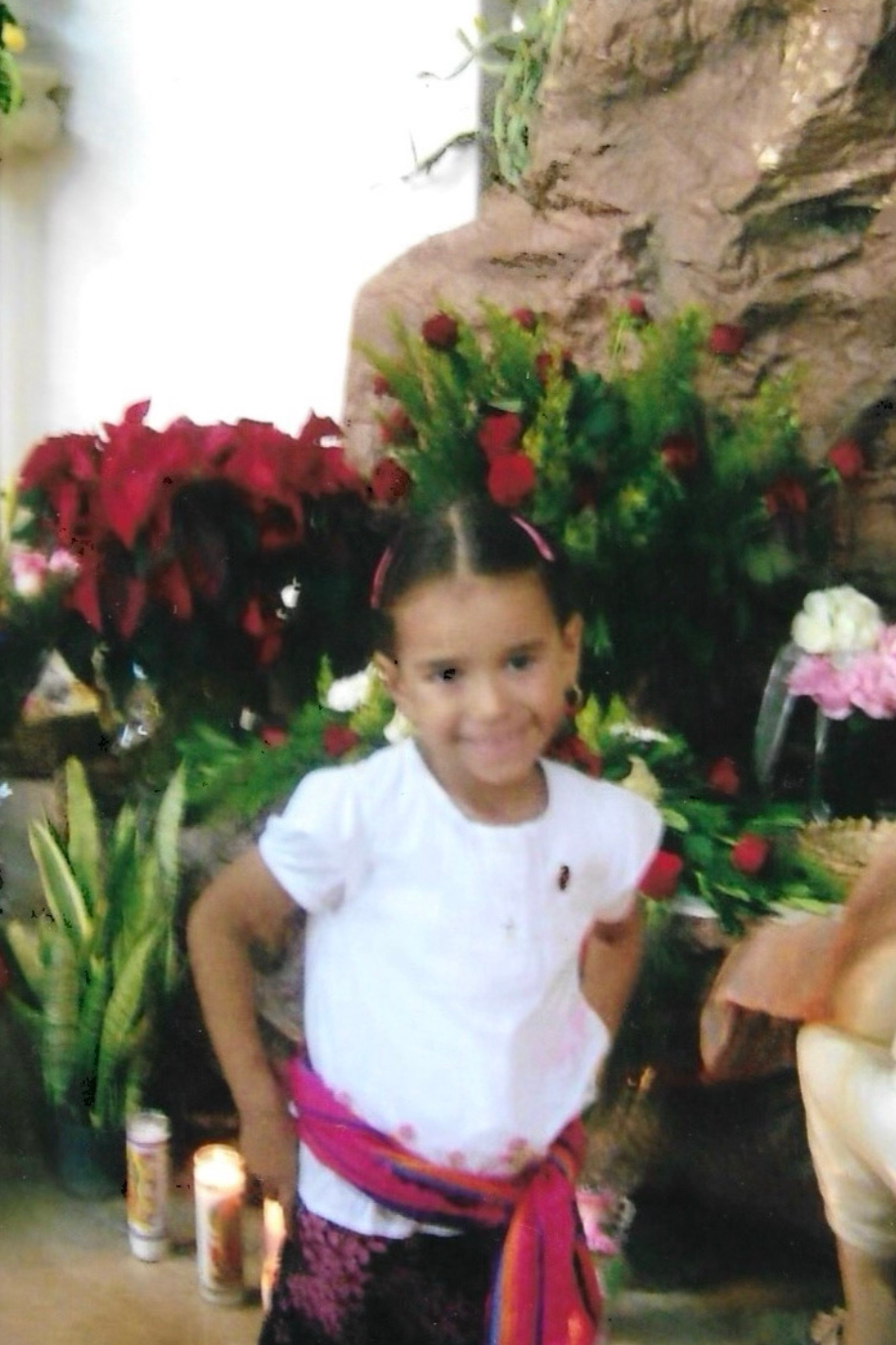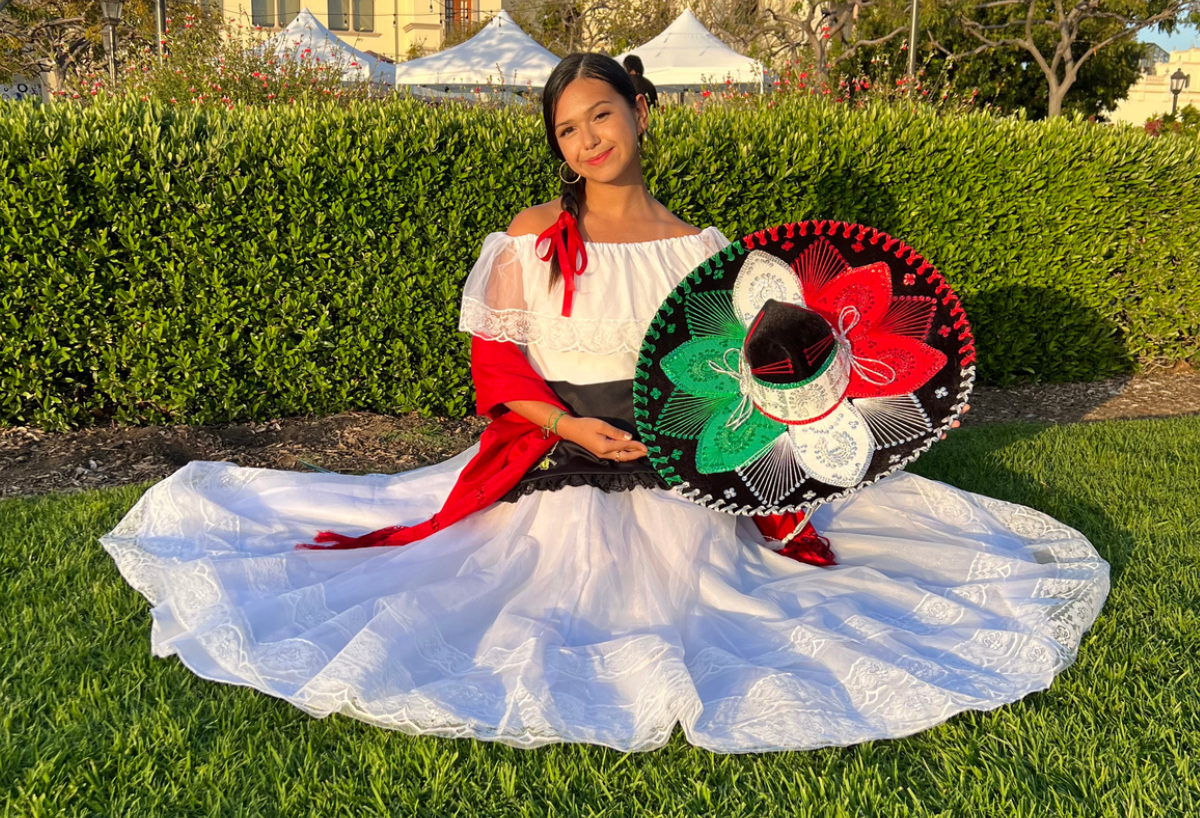Transfronterizo
by Victoria Ruiz
Bridging Borders: The Transfronterizo Experience
Various terms have been utilized to discuss the border-crossing communities across the globe. One term, “transborder”, dates to 1897 and was used to define something “crossing or extending across a border” (Merriam-Webster Dictionary). Another variation is the word “transnational” which came up in 1921 to mean “extending or going beyond national boundaries” (Merriam-Webster Dictionary). More recently, academic work focusing on the border-crossing experience and identity focused along the Mexican-American border have utilized the usage of the word “transfronterizo”. The Real Academia Española defines “transfronterizo” or “transfronteriza” as something or someone that operates above borders. Its direct translation is “cross-border” which the Cambridge Dictionary defines as “between different countries,” or “involving people from different countries.” Both definitions ignore an entire culture built by transnational students who frequent the border in search of better opportunities and belonging. Transnationals or transfronterizos are people who live or belong within two or more nations at the same time, but this definition is only a superficial label for the experience of students living in these “borderlands.” The transfronterizo or transnational experience leads students to live a life immersed in both countries, full of experiences, perceptions, and social relationships that extend to both nations.
Borderlands and Identity
In her book, Borderlands/La Frontera: The New Mestiza, Gloria Anzaldúa defines the “borderlands” as an open wound where two worlds collide and come together to create a third country, a transnational culture (Anzaldúa 25). She explains how the “atravesados” are its inhabitants, individuals who are prohibited where they reside and therefore live very outsider lives (Anzaldúa 25). These inhabitants she refers to are the transfronterizo students who live in a sort of space between two worlds. This space is a place of isolation to which they have been expelled by societal norms that fail to appreciate their cultural diversity, impose standardized beliefs, and hold expectations that fail to accept them. It is a place where they find themselves at a crossroads, desperately trying to find a sense of belonging in a society that makes no space for them.
To make sense of their border-crossing experiences, many of these students must learn about the existing power relations that determine who can cross these physical and figurative borders. They often come to realize that they are viewed in a negative light, especially with “current political discourses that criminalize and dehumanize border crossers” (Nuñez and Urrieta 36). Students then become conscious of their situation and background, which leads them to hide and negate their transborder identities. Transfronterizo students, as articulated by Fránquiz and Ortiz, are proficient in bilingualism and border fluidity, yet they grapple with profound language and identity conflicts (Fránquiz and Ortiz 111). The fluidity of their identity is under constant negotiation as they navigate between cultures, languages, and societal norms, which inherently impacts their educational experiences and self-perception.
Education at the Cost of Identity
As a transfronterizo individual whose journey commenced by pursuing education across the Mexico-US border during my youth, I have opted to explore the intersectionality between pursuing education across borders and cultures and the resulting impact on identity formation. Fránquiz and Ortiz shed light on the struggles faced by transfronterizo students, emphasizing their profound language and identity conflicts. These challenges are illustrated further by Kleyn, who shares testimonies of transborder students grappling with their identities as Mexican, American, or a blend of both, amidst different language and cultural expectations and conflicts. Reflecting on my journey, I recognize the importance of understanding these complexities within educational settings. For a significant portion of my life, I grappled with the question of my identity, and to this day, my experiences as a transfronterizo continue to shape who I am. Kleyn's insights highlight the significant shifts in identity and language acquisition because of schooling experiences for transborder students, revealing the "fractures" they may encounter as they navigate different academic systems across borders (Kleyn 6). Despite their bilingualism, transborder students may still struggle to negotiate academic, linguistic, and cultural practices within educational settings that span both sides of the border (Kleyn 7). The rigid structure of the American standardized educational system offers little space for cultural appreciation or diversity, leaving students to decide between assimilation into mainstream culture or the preservation of identity. As I share my personal experiences through an attached photo gallery, it is essential to acknowledge that the journey of transfronterizos varies for each individual. The concept of being a transfronterizo transcends barriers; the essence lies in the idea that there shouldn't be any borders to delineate or divide the identity of a transfronterizo. With this in mind, I want to recognize that my experience as a transfronterizo across the Tijuana-San Diego border is unique, meaning that it differs significantly from other students crossing the same border and those navigating borders elsewhere in the world.
Indigenous Perspectives
In exploring indigenous perspectives through the lens of the word "transfronterizo," I aim to illuminate the parallels between the experiences of Native American students living on reservations and those of individuals navigating borders between countries. For Natives, culture and life are tied directly to land, and the presence of borders severs that connection. It is this “creation of colonial borders” that has escalated “identity tensions” (Maddison 160) among Natives that frequent both sides of these borders. For example, Native students from reservations often grapple with a sense of cultural disconnection and marginalization when navigating through predominantly white educational environments outside their reservation. Stotts et al. argue that schools with a dominant white culture often fail to embrace or protect the cultural norms of minority groups, leaving students from these backgrounds feeling voiceless and isolated (Stotts 37). This sense of voicelessness is what leads to the complexities and challenges of students establishing a cultural and personal identity within these school environments (Stotts 37). Additionally, Wellington's research sheds light on the historical context regarding establishing federal off-reservation boarding schools. Such institutions were created to dismantle Indigenous forms of learning and identity construction with a Westernized curriculum, further implying a cycle of cultural erasure (Wellington 110). Notably, despite these challenges and efforts for cultural erasure, Indigenous students in boarding schools like Chemawa Indian School, have demonstrated resilience and advocacy for changing the educational system (Wellington 110-111). In this way, the experiences of Native American students traversing borders echo the experiences of transfronterizo individuals to reveal the need for educational systems that respect and integrate cultural diversity to support students across borders.
Bibliography
Anzaldúa, Gloria. Borderlands = La Frontera: The New Mestiza. Aunt Lute Books, 1987.
Asale, Rae -, and Rae. “Transfronterizo, Transfronteriza: Diccionario de La Lengua Española.” “Diccionario de La Lengua Española” - Edición Del Tricentenario, dle.rae.es/transfronterizo. Accessed 13 Mar. 2024.
Cross-Border Definition | Cambridge Learner’s Dictionary, dictionary.cambridge.org/us/dictionary/learner-english/cross-border. Accessed 13 Mar. 2024.
Fránquiz, María E., and Alba A. Ortiz. “Co-Editors’ Introduction: Who Are the Transfronterizos and What Can We Learn from Them?” Bilingual Research Journal, vol. 40, no. 2, 3 Apr. 2017, pp. 111–115, doi:10.1080/15235882.2017.1329378.
Kleyn, Tatyana. “Centering Transborder Students: Perspectives on Identity, Languaging and Schooling between the U.S. and Mexico.” Multicultural Perspectives, vol. 19, no. 2, 3 Apr. 2017, pp. 76–84, doi:10.1080/15210960.2017.1302336.
Maddison, Sarah. “6. Indigenous Peoples and Colonial Borders: Sovereignty, Nationhood, Identity, and Activism.” De Gruyter, New York University Press, 31 Oct. 2014, www.degruyter.com/document/doi/10.18574/nyu/9781479898992.003.0006/html?lang=en. Accessed 13 Mar. 2024.
Nuñez, Idalia, and Luis Urrieta. “Transfronterizo Children’s Literacies of Surveillance and the Cultural Production of Border Crossing Identities on the U.S.–Mexico Border.” Anthropology & Education Quarterly, vol. 52, no. 1, 30 Dec. 2020, pp. 21–41, doi:10.1111/aeq.12360.
Stotts, Jeffrey C., and Myrna R. Olson. “The Experiences of Native American Students Living on a Reservation and Attending a Predominantly White High School.” Journal of American Indian Education, vol. 51, no. 2, 2012, pp. 24–41, doi:10.1353/jaie.2012.a798477.
“Transborder Definition & Meaning.” Merriam-Webster, www.merriam- webster.com/dictionary/transborder. Accessed 13 Mar. 2024.
“Transnational Definition & Meaning.” Merriam-Webster, www.merriam- webster.com/dictionary/transnational. Accessed 13 Mar. 2024.
Wellington. “Girls Breaking Boundaries: Acculturation and Self-Advocacy at Chemawa Indian School, 1900–1930s.” American Indian Quarterly, vol. 43, no. 1, 2019, p. 101, doi:10.5250/amerindiquar.43.1.0101.
In the predawn hours, cars wait in a line stretching into the darkness, a tangible symbol of the challenges faced by transfronterizos. The dark sky in the backdrop stands in anticipation of the beginning of another day filled with struggles and barriers, like their early morning trek to school.
As the first bell rings across the elementary school grounds, I stand ready for the start of the day, my temporary bed of blankets tucked away in the trunk of the car (see bottom right corner). For many transborder students like myself, the choice between arriving early for an education and sleeping in a proper bed is a constant struggle. This image captures the daily dilemma faced by students navigating the borderlands, where basic needs often compete with educational aspirations.
At 7 am, the golden arches of McDonald's beckon with the promise of a quick meal before the start of the day. For transfronterizo children, McDonald’s is a luxury. The only affordable option available at such early hours is far different from the culture surrounding American fast food. This juxtaposition highlights the economic realities faced by families straddling borders. Mainstream fast food transforms from a treat to a necessity.
In Mexico, a uniform brings a sense of unity and equality as students wear the same attire, neatly washed and pressed. However, across the border in the US, the absence of a prescribed uniform doesn't erase the subtle distinctions that clothing choices reveal. Here, attire becomes a different kind of uniform, a marker of socioeconomic status, family background, and personal style. The differences in these photographs reveal the contrasting notions of conformity and identity across borders. Many transfronterizo children trek a thin line through mainstream American culture, trying to find a balance between assimilation and preservation.
The right image is from kindergarten in Tijuana, Mexico and the picture on the left is from elementary school in San Deigo, CA. Taking inspiration from Hulleah Tsinhnahjinnie’s work “Photographic Memoirs of an Aboriginal Savant,” the eyes have been covered from all but myself.
A stroll across the border to Mexico represents more than just crossing a physical boundary; it's a return to roots, a reconnection with heritage, and a reminder of the multifaceted nature of their identity. There's a clear sense of joy as transfronterizos return home to the comfort of familiarity and the warmth of family waiting on the other side. Yet, beneath this happiness lies the weight of exhaustion, a reminder that this return marks only a temporary respite from the relentless cycle of crossing borders each day.
Viva Mexico! Adorned in cultural attire, attending eventsin Mexico is a celebration of identity and tradition. Fortransfronterizos, these are rare moments to proudly showcase their cultural legacy, a privilege that is negated once they cross the border. In the confines of the American educational system, embracing their heritage risks ridicule or ostracization, leaving little room for the colorful tapestry of their cultural identity to flourish.
The journey of being a transfronterizo student often means finding your own support system becomes essential. For many, this is seeking out teachers and mentors who offer encouragement and guidance toward higher education when support at home is lacking. In this image, the bond between student and mentor is evident, highlighting the importance of personalized support in navigating the challenges of border-crossing education.
In honor of Mrs. Sonia Gerardo-Perkins, a dedicated teacher and friend, who supported many transfronterizo students for many years at Montgomery High School.







